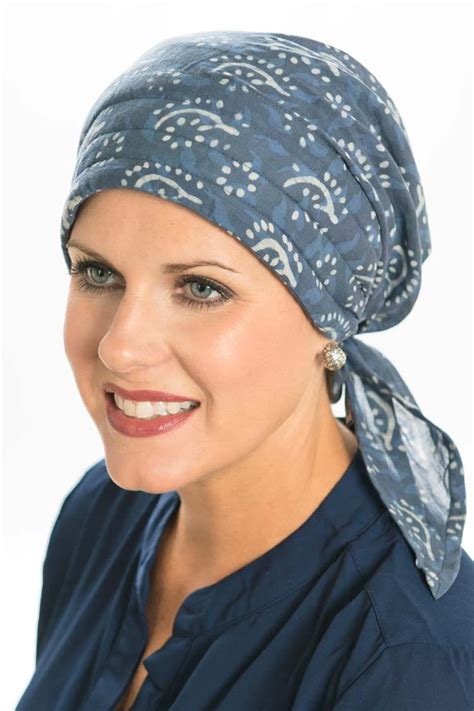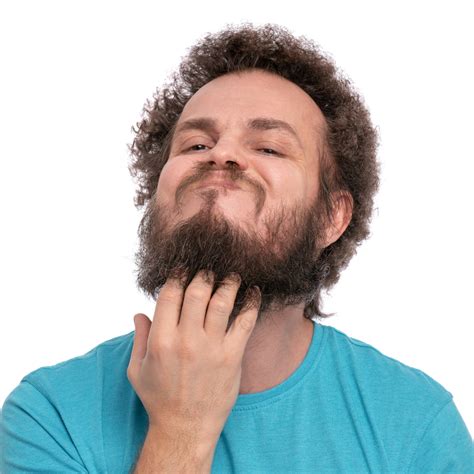It’s a familiar scenario: You wake up in the morning, eager to start the day, but your hair has a mind of its own. After a night tucked under a hat, it’s a tangled, uncooperative mess, leaving you feeling self-conscious and frustrated.

The Science Behind Hat Hair
Hat hair is caused by friction and compression. When your hair is pressed against the tight surface of a hat for an extended period, the hair follicles become misshapen and tangled. The friction created when you remove your hat further exacerbates the problem, causing the hair shaft to split and break.
The Psychological Impact of Hat Hair
Bad hair days can lead to feelings of insecurity and self-consciousness. A study conducted by the University of California, Berkeley, found that people with bad hair days reported feeling less confident and more withdrawn.
Preventing Hat Hair with the Right Hats and Headwear
Choosing the right hat can significantly reduce the likelihood of hat hair. Here are some tips:
- Opt for hats made of soft, breathable materials. Cotton, linen, and bamboo are excellent choices because they allow air to circulate and prevent friction.
- Look for hats with a loose or adjustable fit. A hat that is too tight will compress and damage the hair.
- Consider wearing headbands or scarves. These accessories can create a barrier between your hair and the hat, preventing friction and providing protection.
Styling Techniques to Minimize Hat Hair
If you must wear a hat, there are certain styling techniques you can employ to minimize hat hair:
- Apply a leave-in conditioner. This will help to hydrate and smooth the hair, making it less susceptible to tangles.
- Tie your hair up in a loose bun or ponytail. This will keep the hair off your head and prevent it from rubbing against the hat.
- Brush your hair after removing your hat. Use a wide-toothed comb or brush to gently detangle the hair, starting from the ends and working your way up.
Home Remedies for Treating Hat Hair
If hat hair persists despite preventive measures, there are a few home remedies you can try:
- Massage coconut oil into your hair. Coconut oil is known for its moisturizing and detangling properties. Leave it in for at least 30 minutes before washing your hair.
- Apply a hair mask made with honey and yogurt. Honey is a natural humectant that helps to hydrate the hair, while yogurt contains lactic acid that helps to smooth the hair shaft.
- Rinse your hair with apple cider vinegar. Apple cider vinegar is a mild acid that helps to restore the pH balance of the hair and prevent tangles.
Innovative Solutions for Hat Hair
Beyond traditional methods, there are also some cutting-edge solutions emerging to combat hat hair:
- Anti-hat-hair sprays. These sprays contain polymers that create a protective layer on the hair, reducing friction and tangles.
- Hat-friendly hairbrushes. These brushes are specially designed to minimize damage to the hair while removing tangles.
- Magnetic hair ties. These ties use magnets to hold the hair in place, reducing stress on the hair and preventing hair loss.
Table 1: Types of Hats and Their Hat Hair Potential
| Hat Type | Hat Hair Potential |
|---|---|
| Beanies | High |
| Baseball Caps | Moderate |
| Fedoras | Low |
| Sun Hats | High |
| Visors | Low |
Table 2: Home Remedies for Hat Hair
| Treatment | Benefits |
|---|---|
| Coconut Oil | Moisturizes, detangles |
| Honey and Yogurt Mask | Hydrates, smooths |
| Apple Cider Vinegar Rinse | Restores pH balance, prevents tangles |
Table 3: Tips for Styling Hat Hair
| Tip | How to |
|---|---|
| Use a leave-in conditioner | Protects from tangles |
| Tie hair up in a bun or ponytail | Prevents contact with hat |
| Brush hair gently after removing hat | Detangles without damage |
Table 4: Comparing Pros and Cons of Hat Hair Solutions
| Anti-Hat-Hair Sprays | Hat-Friendly Hairbrushes | Magnetic Hair Ties | |
|---|---|---|---|
| Pros | Reduced friction, easy to use | Gently removes tangles | No stress on hair, no hair loss |
| Cons | May contain chemicals | Can be expensive | May not be suitable for all hair types |
Hat Hair Hats: A Summary
Hat hair is a common problem that can have a negative impact on self-confidence. By choosing the right hats and using the right styling techniques, you can significantly reduce the likelihood of hat hair. If all else fails, there are a number of home remedies and innovative solutions available to help you banish bedhead and embrace your hat-wearing adventures with confidence.
Additional Tips for Keeping Hat Hair at Bay:
- Don’t wear your hat for extended periods. Remove your hat as soon as you can to minimize friction and pressure.
- Wash your hat regularly. A dirty hat can contain dirt, oil, and other irritants that can damage the hair.
- Use a satin or silk pillowcase. This will help to reduce friction between your hair and the pillowcase, preventing tangles.
